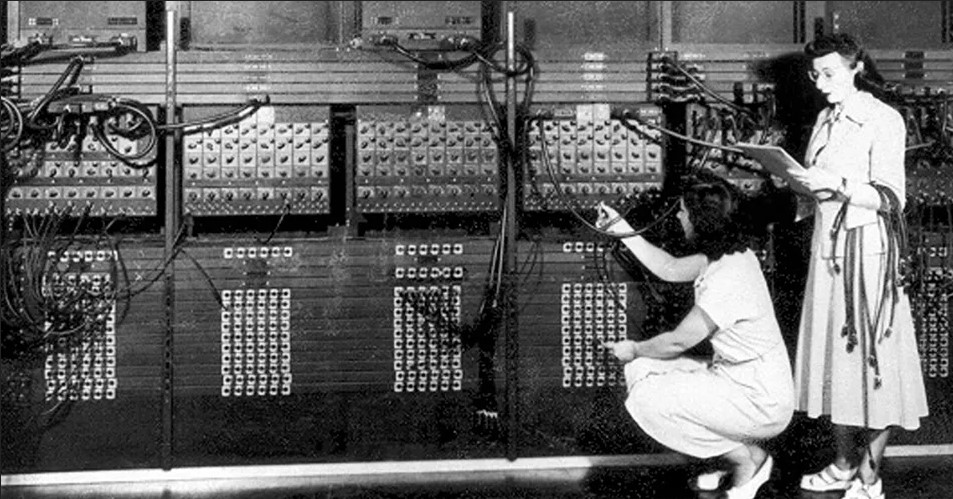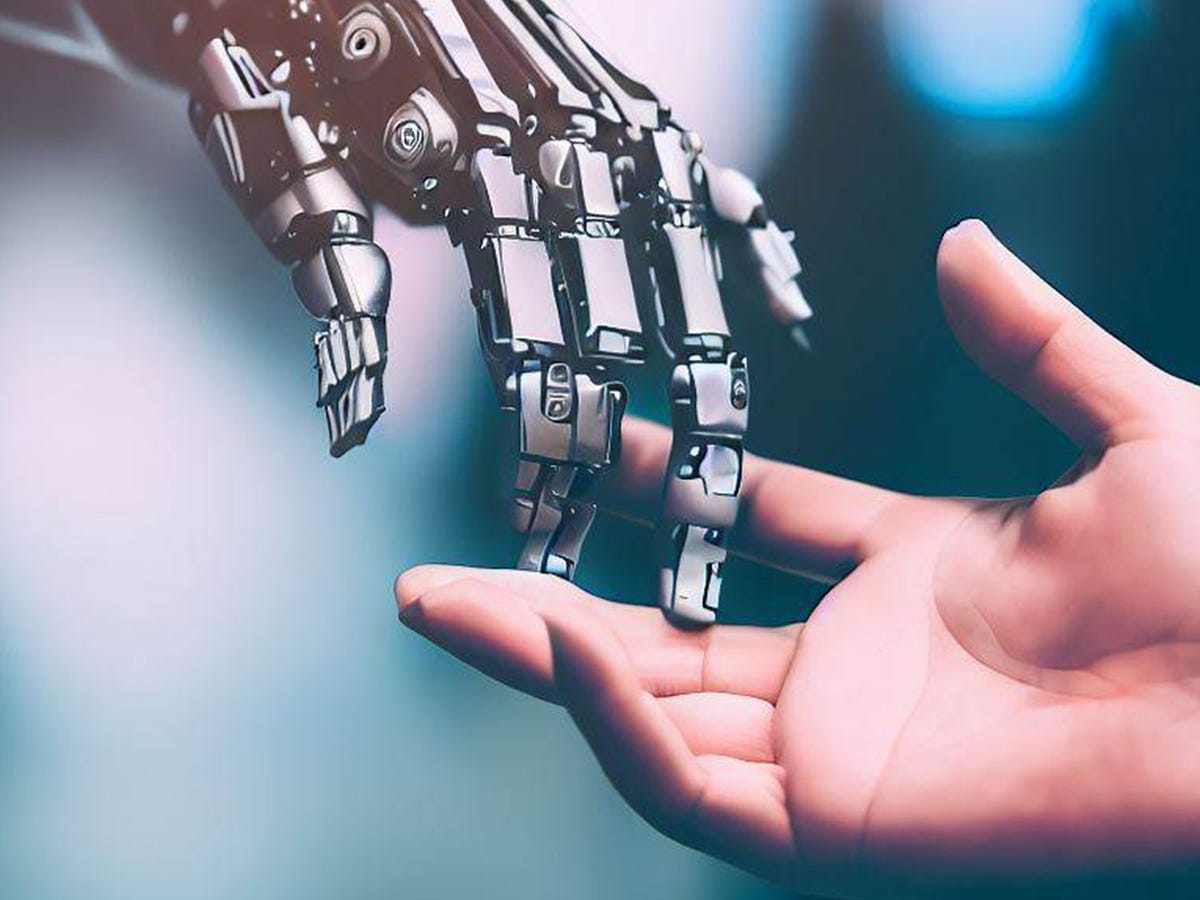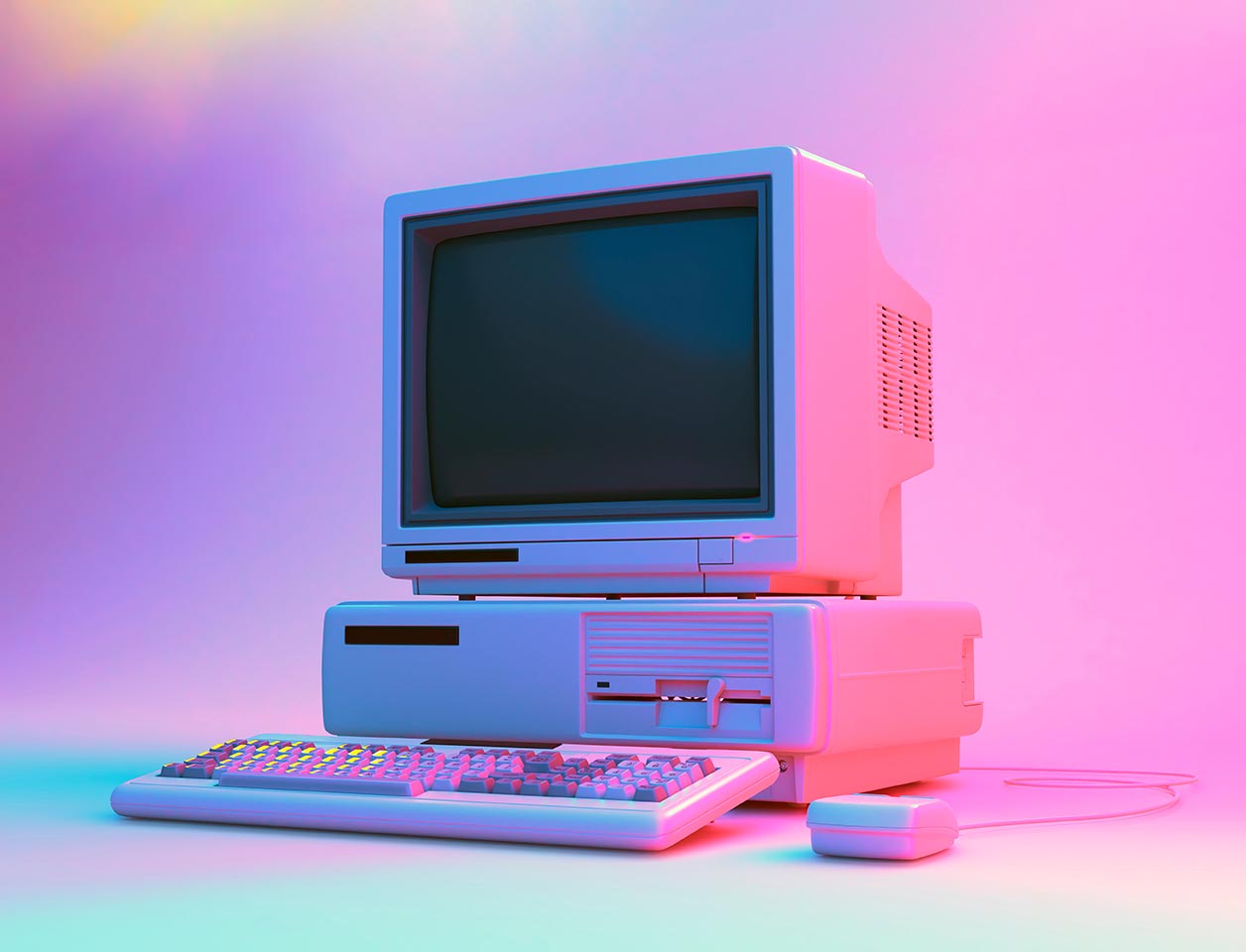
Evolution of the Computer
Once upon a time, in the mid-20th century, a revolutionary invention changed the course of human history—the computer. This is the story of the birth and evolution of this remarkable device that would go on to become an integral part of our daily lives.
Chapter 1: The Birth of Computing
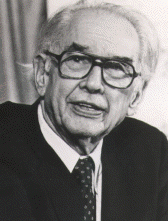
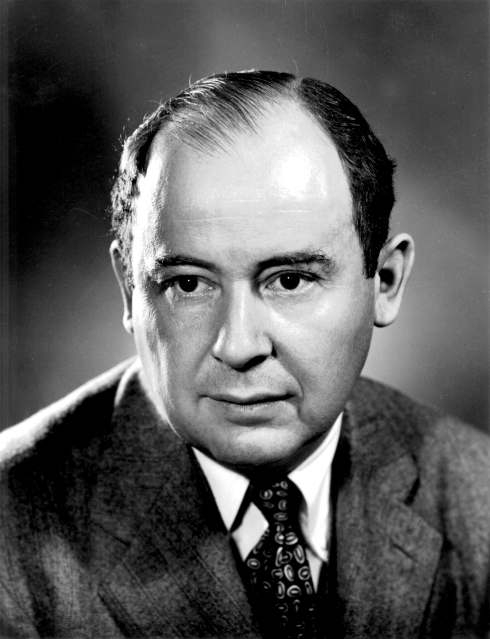
The tale begins in the 1930s and 1940s when brilliant minds like Alan Turing, John Atanasoff, and John von Neumann laid the theoretical groundwork for a machine that could perform complex calculations. The dream was to create a device that could automate repetitive mathematical tasks, freeing up human minds for more creative endeavors.
Chapter 2: The ENIAC Era
In 1946, the dream took physical form with the creation of the Electronic Numerical Integrator and Computer (ENIAC), the world's first general-purpose electronic digital computer. ENIAC was a behemoth, occupying an entire room with its massive vacuum tubes and miles of wiring. It was a marvel of its time, capable of performing calculations at an unprecedented speed.
Chapter 3: The Advent of Transistors
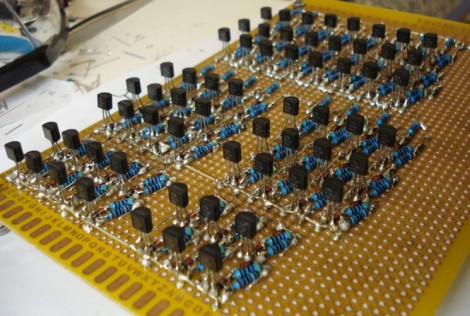
As the 1950s unfolded, transistors emerged as a game-changer. These tiny electronic devices replaced the bulky and energy-consuming vacuum tubes, making computers smaller, more reliable, and energy-efficient. This era witnessed the birth of mainframe computers, which found applications in scientific research, business, and government.
Chapter 4: The Microprocessor Revolution
In the 1970s, a seismic shift occurred with the invention of the microprocessor. A single chip could now contain all the essential components of a computer. This breakthrough led to the rise of personal computers. Companies like Apple and IBM introduced machines that could be owned and operated by individuals, opening up a new era of computing for the masses.
 Chapter 5: The Internet Age
Chapter 5: The Internet Age
The 1990s ushered in the era of the internet, connecting computers worldwide. The World Wide Web made information accessible at the click of a button, and communication transformed through emails and instant messaging. The computer was no longer just a tool for calculations; it became a gateway to a vast digital realm.
Chapter 6: Mobile Computing
In the 21st century, the narrative took a mobile turn. Smartphones and tablets became extensions of ourselves, and the computing power that once required room-sized machines now fit into our pockets. The concept of "apps" revolutionized how we interacted with technology, making it an indispensable part of our daily routines.
Chapter 7: Artificial Intelligence and Beyond
As we enter the present day, the story evolves into the realm of artificial intelligence. Computers are no longer just tools; they are becoming intelligent entities capable of learning, reasoning, and problem-solving. Machine learning algorithms are powering advancements in healthcare, finance, and various other fields.
Epilogue: The Ever-Evolving Saga
The story of the computer is one of constant evolution. From the colossal ENIAC to the sleek laptops and powerful smartphones of today, the computer has evolved into an inseparable part of our lives. As we stand on the brink of the future, the tale continues, promising even more incredible advancements and innovations in the ever-expanding universe of computing. The story of the computer is a testament to human ingenuity, curiosity, and the relentless pursuit of knowledge.

